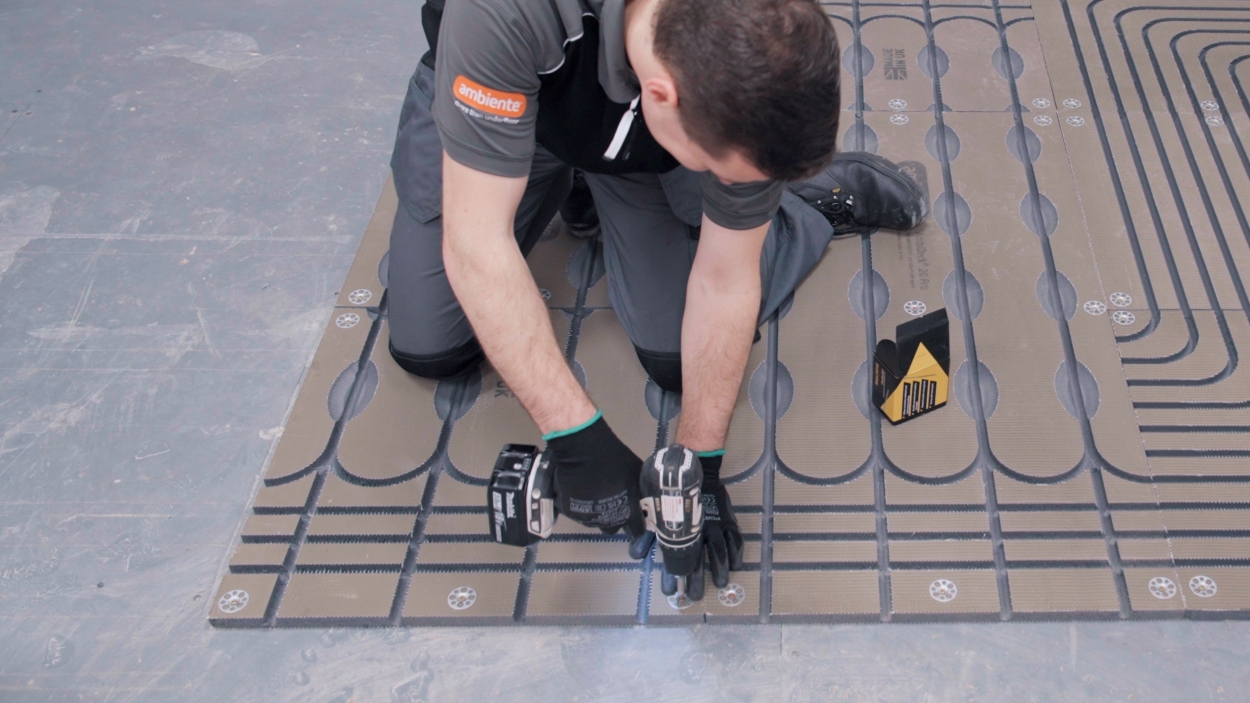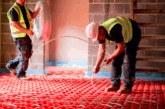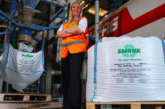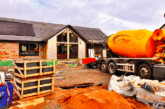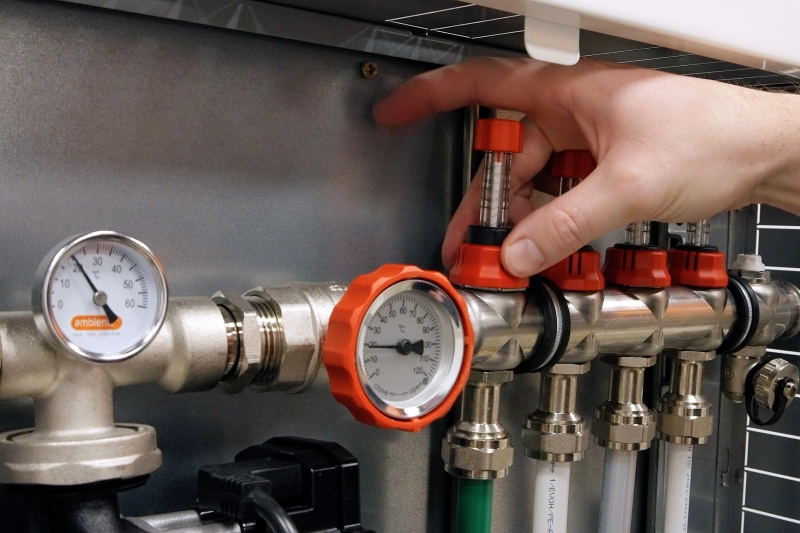
As the UK housebuilding sector adapts to evolving regulations, energy-efficient, low-carbon heating systems are becoming a non-negotiable part of future developments. With updated Building Regulations already in force, now is the time for housebuilders to invest in technologies that meet today’s compliance demands while supporting long-term sustainability. Gerry Shephard, Business Development Manager at Ambiente, explains why underfloor heating is central to that strategy.

A system built for tomorrow’s standards
Regulatory change is accelerating as the UK moves towards its legally binding Net Zero target by 2050. One key update came in June 2022 with revisions to Part L, which introduced a maximum flow temperature of 55°C for heating systems in new-build homes and qualifying refurbishments.
Underfloor heating (UFH) is inherently well-suited to these requirements. Thanks to its large surface area, it operates efficiently at much lower temperatures, typically between 35°C and 45°C. This makes it an ideal pairing for low-carbon heating sources while delivering potential energy savings of up to 40% compared with conventional radiator systems.
Beyond performance, UFH enhances thermal comfort. It heats from the floor upwards using radiant energy, creating fewer draughts and maintaining a consistent, comfortable environment, unlike convection-based systems, which cycle warm air toward the ceiling.
Low-carbon technology pairings
In new homes, air source heat pumps (ASHP) are quickly becoming the standard choice for low-temperature heat sources. However, in many instances, particularly in mixed-tenure or phased developments, a boiler may still be specified in the short term. UFH provides the flexibility to accommodate both, while allowing for future heat source upgrades without major system overhauls.
When specified correctly, UFH systems can be designed with adaptable pipe spacing and flexible manifolds. This gives developers the option to integrate alternative heat sources down the line. Radiators, on the other hand, are far less adaptable—when paired with lower-temperature systems like ASHP, they often need to be upsized significantly, leading to additional costs and waste.
The main tip for success is to ensure the chosen underfloor heating system supplier can support the project with CAD drawings, including pipework layouts and heat loss and output calculations. This critical stage will ensure the system is correctly designed. A specialist supplier will also have the expertise to accommodate any specific parameters set by the heat pump manufacturer, further ensuring the system can deliver maximum overall efficiency.
Precision and comfort combined
When specifying heating systems for new-build developments, it’s no longer enough to focus solely on average room temperatures or single thermostat readings. Instead, spatial air temperature, the measure of temperature consistency across a room, provides a more accurate indication of how a space will feel to its occupants in real life, rather than just the calculations. For housebuilders and developers, spatial air temperature is an important consideration to achieve the ideal balance of thermal comfort and energy efficiency.
Recent research from Energy House 2.0 has reinforced the importance of this principle. In rigorous tests at both -5°C and +5°C, UFH demonstrated the smallest temperature variation, just 0.8°C and 0.7°C respectively, when operated using a SAP-compliant heating pattern. In comparison, other heating technologies showed up to 4°C fluctuations, while traditional radiators displayed minimum spatial differences of 2.2°C.
This high level of performance makes hydronic UFH a standout solution, particularly when paired with low-carbon heat sources such as air source heat pumps (ASHP). The stable, consistent heat output achieved through UFH maximises the coefficient of performance (COP) of ASHPs, supporting compliance with updated Building Regulations and helping to meet the low-temperature demands of the Future Homes Standard. For developers looking to deliver homes that are compliant but also comfortable, efficient and future-ready, UFH offers clear, evidence-backed advantages.
Added value
When it comes to creating healthy, future-ready homes, radiant heating stands apart, especially in the form of hydronic UFH. Unlike traditional systems, it delivers consistent warmth across every surface, eliminating cold spots and helping maintain optimal indoor humidity levels.
Because warmer air retains more moisture, homes heated this way are less prone to condensation and the mould growth it can trigger. With no reliance on forced convection, underfloor heating also reduces the circulation of dust and allergens, supporting better air quality throughout the property.
As housebuilders continue to respond to consumer demand for sustainable, future-ready homes, UFH can be relied upon to deliver the ideal combination of comfort, compliance and performance. From helping meet regulatory targets to future-proofing developments for next-generation technologies, underfloor heating is more than just a desirable feature; it’s an essential heating system solution for low-carbon dwellings.
For further details about Ambiente underfloor heating systems click here.

